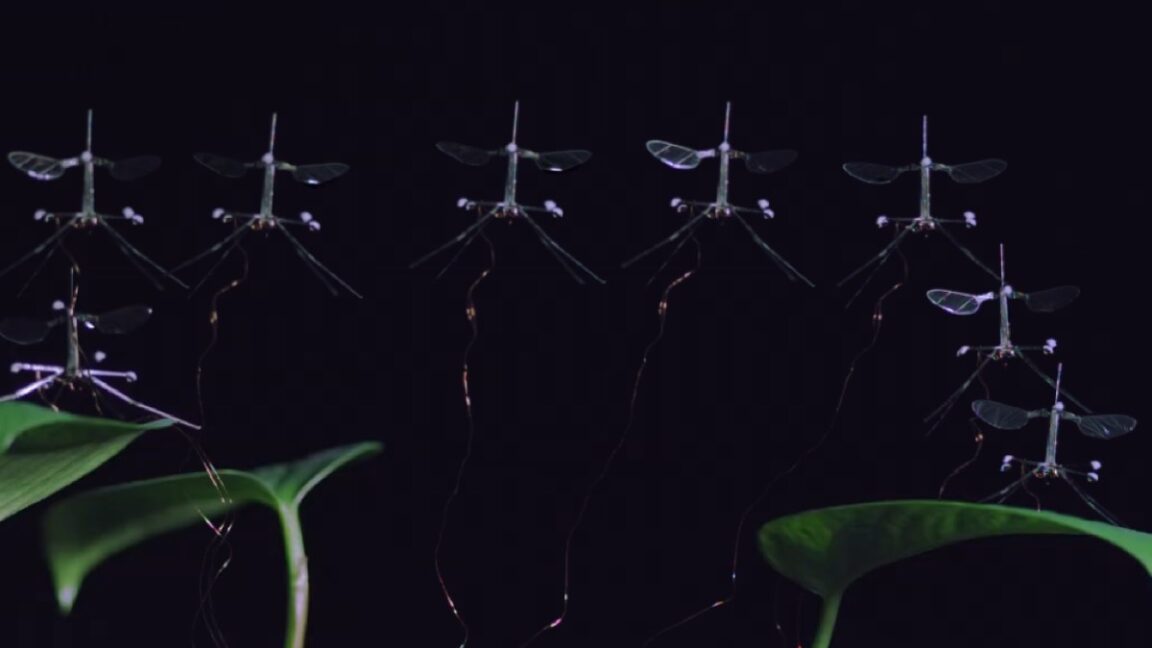
"The longer-term goal is full autonomy, but in the interim we have been working through challenges for electrical and mechanical components using tethered devices."
"RoboBee was able to safely land on the second leaf (or similar uneven surfaces) over repeated trials with varying parameters."
The article details experiments conducted on RoboBee's robotic legs to understand oscillation effects and refine its landing capabilities. Initial tests involved manually disturbing the legs to analyze oscillations using high-speed video, revealing a spring-mass-damper model. Following were free-fall experiments with dummy vehicles. The most significant trials included consecutive takeoffs and landings on leaves, ensuring safe landings on uneven surfaces. The research team aims to enhance the robot's mechanical damping and incorporate onboard electronics, with a long-term vision of achieving full autonomy.
Read at Ars Technica
Unable to calculate read time
Collection
[
|
...
]